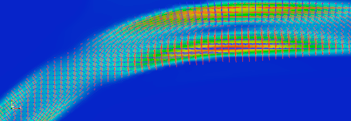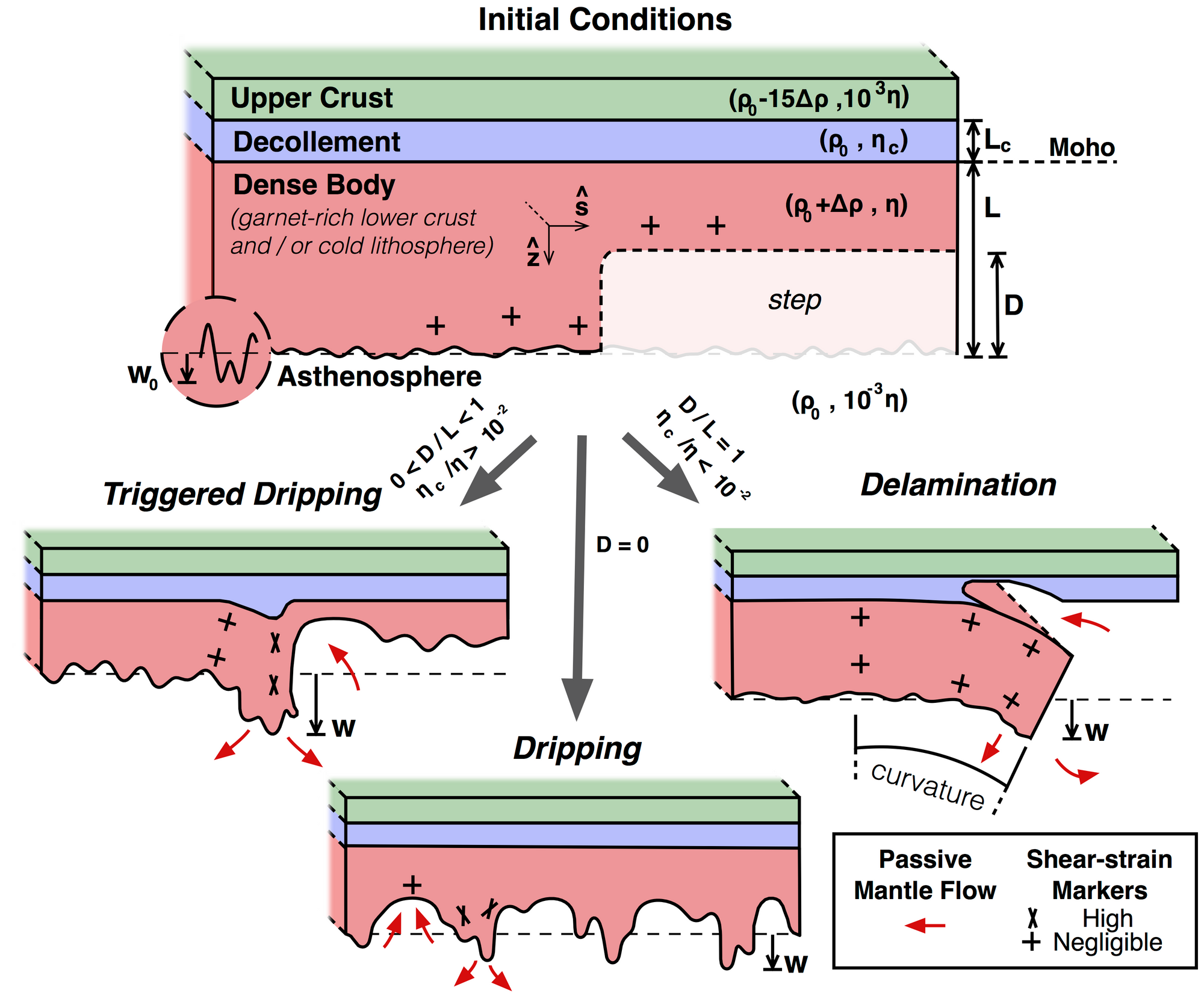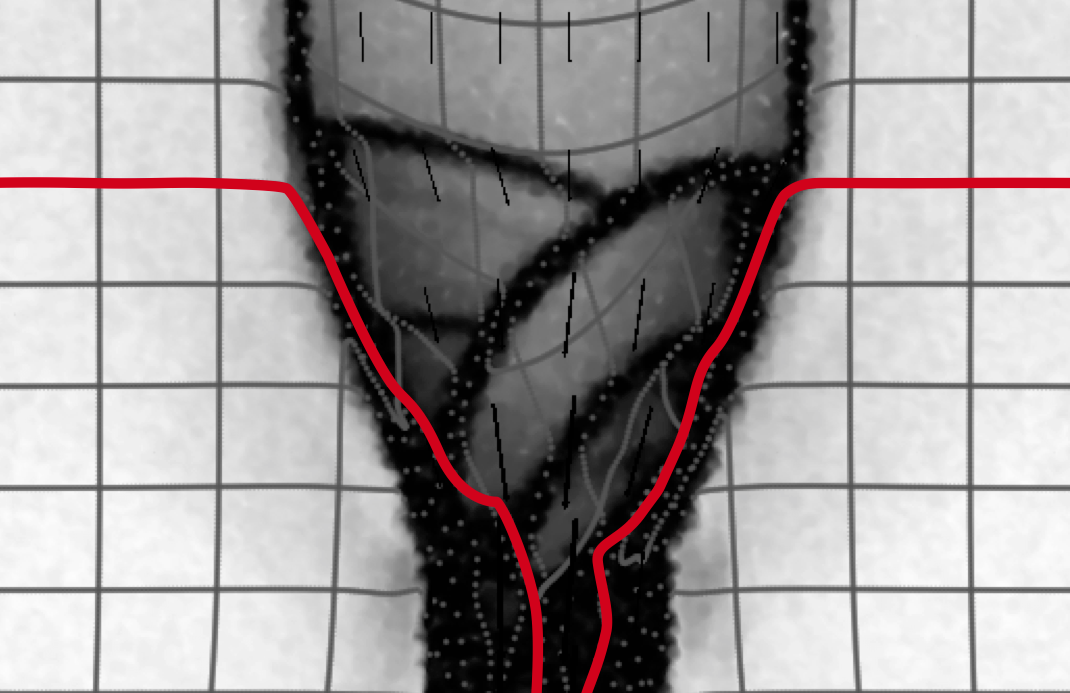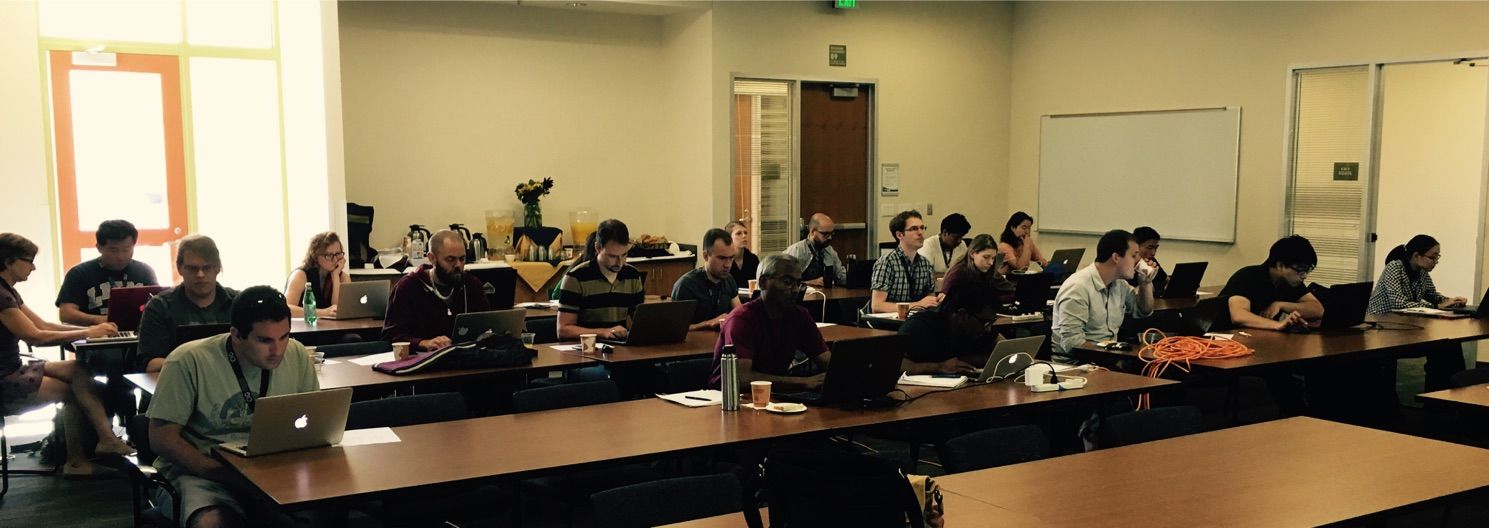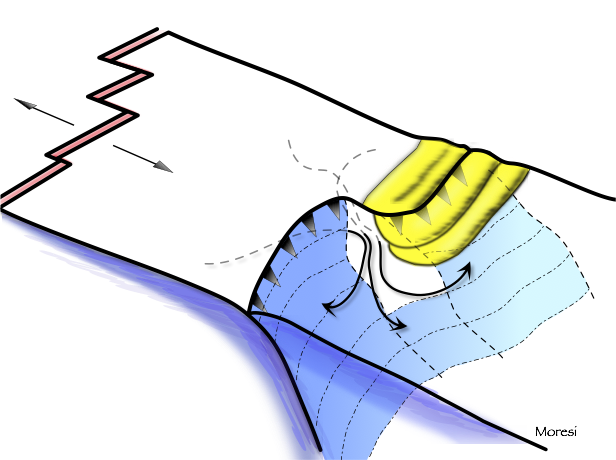
Version 2.8 of Underworld has been released recently. As with all major releases, this release brings numerous new features, enhancements and bug fixes. A summary of changes may be found within the usual CHANGES.md file. As is also usually the case, numerous API changes have been necessary or warranted.
